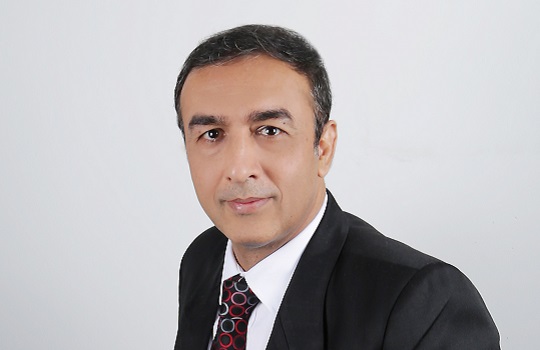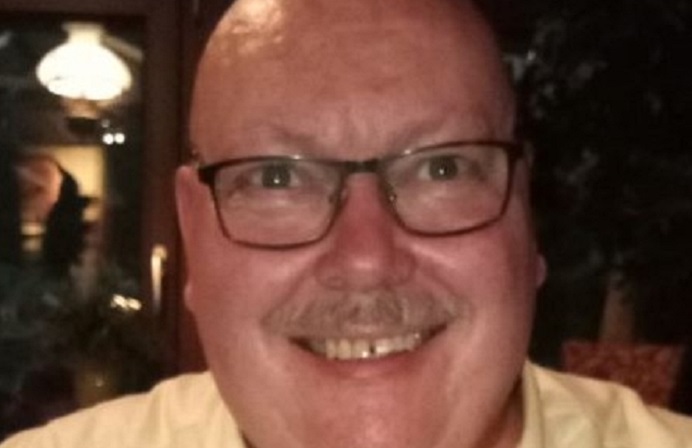
XAC Bank’s CIO sheds light on the future of the physical bank branch and why traditional banking is being disrupted.
FST Media: Having joined XAC Bank in November last year, what are your key priorities for the next 12 to 18 months?
Khera: XAC Bank is a very fast growing medium-sized bank with 97 branches in the country. The senior management wanted a CIO with experience in working in multinational environments who could turn the bank around in terms of its technology. There is a lot of work still to be done in this area, specifically enhancing the existing IT infrastructure that they have, building up datacentres, fine tuning their code, and also turning the bank around in terms of the people that we have in the IT department. They brought me in ultimately as a change agent. Culturally, we have a different setup but there are a huge amount of technology challenges ahead of us.
FST Media: What is the future of the physical bank branch and how is this evolving, particularly in Mongolia?
Khera: In my view, the number of bank branches are bound to reduce. Between 2005 and 2010, there was a huge surge in the number of branches which were open, particularly in the US. In the segment of data that we looked at, 5000 new branches were open. Between 2010 and 2015, the same number of branches were shut down. If you look at trends like SMAC (social, mobile, data analytics and cloud) and digital technologies, even in a country like Mongolia, the internet penetration and mobile penetration is very high. Keeping that in mind, we have to face the threat that traditional banking will not continue the way it is and there will be technological disruption coming from various streams. Thus, the number of branches are bound to shrink, with profitability set to shrink as a result of technological disruption.
FST Media: In your view, what is the ‘holy grail’ that is yet to be delivered in financial services?
Khera: I think banks have really not embarked on SMAC and as a result, they have failed to realise its benefits. Many banks have just been on the fence – if you look at the ROI and real adoption of these technologies, it has not really happened, even for cloud computing. Some of it could be due to regulatory issues, but overall this is not yet realised.
FST Media: What infrastructure or protocols do you have in place to help mitigate the risks posed by cyber-security breaches?
Khera: Cyber-security is a very big issue, especially coming to this part of the world, and I think we are not fully equipped in many ways. That is another part of my job, to strengthen some of the cyber-security risk protocols at XAC Bank. In my view, some of these challenges in cyber-security are still not fully understood. As a bank, my view is that you cannot develop these kind of solutions such as firewalls and all these products. The solution has to be a partnership with a product or service vendor, who can cover a wide variety of banks and financial institutions. The threat of a cyber-security breach is actually common to all banks. We have to lobby together and work with service and product providers to enhance the products. That being said, the common threat of course is that someone will still break into the system and the bank’s channels. However, the other problem that I have to take into account is that even our core banking product, where you do transaction logging, how the information is stored on the server is something you have to consider. It is a very dynamic situation and it will keep changing. There will always be a tussle, and in my view, the banks need to always be ready to respond.
FST Media: How do you encourage a culture of innovation in your team?
Khera: When I came to Mongolia, I had a little town hall with my team and I said to them, ‘From here onwards, questioning the status quo is a must’. The simplest way is to tell your team to not make life too complicated and do not over kill the methodologies and tools that they have picked up from conservative companies, but bring it down to what is the optimal one. In the last month, I have introduced a program called, ‘Thank God It’s Friday’. I tell the team that they are not going home until they give us all a simple status report and some of the issues that we had in the production environment in a specific format. Once you start encouraging this and giving your team a bit of motivation, they do a fantastic job. The other thing that I have seen is that everyone wants to hear good news. I told my team that good news and bad news is not important, you are delivering issues and risk to us and this will help you solve the problem. These are huge cultural changes which I need to bring about with this organisation.
FST Media: How does Mongolia differ from other Asian markets when it comes to financial innovation and what has been your greatest lesson?
Khera: I have had two key imperatives: trying out different products and services within this market and working to a shoestring budget to deliver high quality service, which I have found to be an interesting challenge.
One of the things that I wanted to tell others about this country and let other parts of the world know is that Mongolia is a brilliant market to test out innovation and develop new products. The reason for that is that Mongolia is not as big as Australia, Mongolia has around 3 million people in total. The banking environment is evolving and if there are vendors who are saying, ‘Let me try this out in a low risk environment where I will not suffer due to failure’ then I think that this market is much more forgiving. We do not have institutions like the Monetary Authority of Singapore and the Hong Kong Monetary Authority and other regulators which are very hard to deal with in this market.
My view is that Mongolia is a very good test bed for new products, and one of the things that I have observed is that it is a great place for CIOs to trial new systems and processes on a low budget. The challenges are very similar to what you would have in a bigger bank. When I was at Credit Suisse, I was running a huge vendor portfolio of half a billion dollars. One of the learnings I had was how to be innovative with a shoestring budget. Delivering reliable banking products is an art, not a science up to a point. I feel that is another learning that I am trying to apply in this market. You do not need to buy the ‘Rolls Royce’ solution as often there are many other smaller or medium-sized products that are equally as good and give you a similar or better quality of service.





